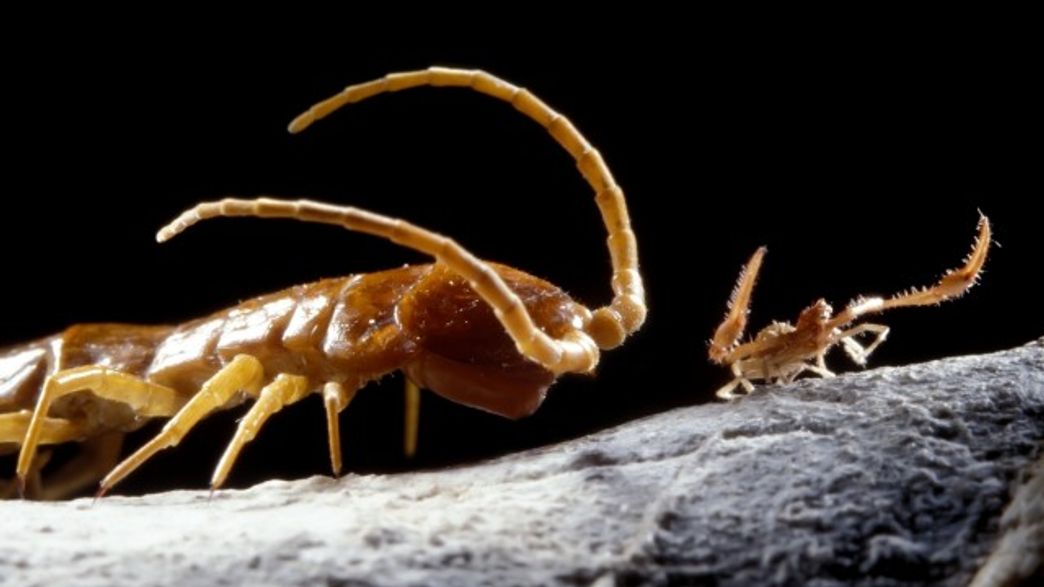Prepare to enter a world like no other. Hidden away in the depths of the Movile Cave, just a stone’s throw from the Black Sea, lies an extraordinary ecosystem that has remained untouched for a staggering 5.5 million years. Despite its poisonous air and suffocating humidity, this cave has become a treasure trove for biologists.
According to BBC Earth, fewer than 100 people have ever ventured into this mysterious cave. It was only stumbled upon in 1986 by workers of the Socialist Republic of Romania, who were searching for a location to build a nuclear power plant. Today, access is strictly controlled by the authorities, with the central caverns protected by a network of vertical shafts and narrow limestone tunnels.
Once inside, the air is thin, with only half the usual amount of oxygen. It is saturated with carbon dioxide and hydrogen sulfide. Absolute darkness reigns, as sunlight has not touched this place for over 5.5 million years.
The location of the cave. Google Maps
Yet, within this harsh environment, scientists have discovered an astonishing 48 species. Among them are an array of spiders, water scorpions, pseudoscorpions, centipedes, leeches, and isopods – 33 of which are found nowhere else on Earth.
Most of these creatures are blind and lack pigment. After all, who needs sight or beauty in the pitch darkness? They are also uniquely adapted to this environment, with elongated limbs and antennae that help them navigate through the blackness.
As if this world wasn’t alien enough, it is one of the few known ecosystems that relies on chemosynthetic bacteria. While most ecosystems use photosynthesis to obtain energy, the absence of sunlight in the cave forces the bacteria to derive their energy and carbon from chemical reactions, such as the oxidation of sulfide or ammonium.

A close-up of an Armadillidium sp. woodlouse found exclusively in the Movile Cave, Romania. Patrick Landmann/Science Photo Library.
However, the mystery of how these animals ended up in the cave and became isolated still eludes scientists.
“It’s highly likely that the bacteria have been there for much longer than five million years, but the insects probably became trapped around that time,” explained J. Colin Murrell, a microbiologist from the University of East Anglia, in an interview with BBC Earth. “They may have simply fallen in and become trapped when the limestone cast dropped, sealing the cave until its rediscovery in 1986.”
The Movile Cave still holds many secrets waiting to be unveiled. Even after just 30 years of its discovery, researchers have barely scratched the surface of its inhabitants. Some of these creatures could hold profound insights into evolutionary biology and the very essence of life itself.








